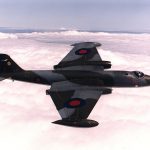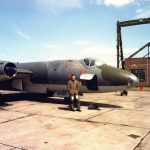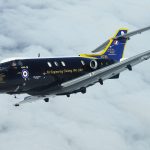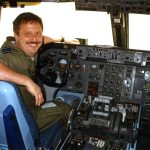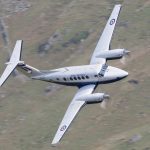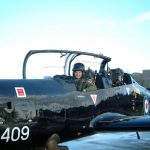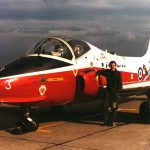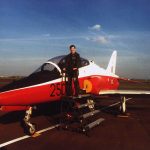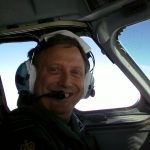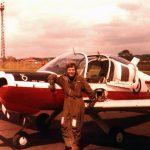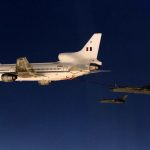Asymmetric Control Methods
During the initial asymmetric lessons, you should have been taught the following methods for controlling the aircraft:
Power
If an engine fails on one side, the thrust can be balanced by removing an equal amount of thrust on the other side. This may be the only technique available for maintaining directional control following an engine on the runway during take-off or a touch-and-go landing. However, it is of limited use in the air since it results in a rapid increase in rate of descent.
Bank
Directional control may be maintained by applying bank towards the live engine and using sideslip to overcome the yawing moment caused by the asymmetric power. Unfortunately, using bank and sideslip make flying physically uncomfortable and accuracy difficult to maintain, especially when flying on instruments. On the Seneca, the maximum bank to be used in the air to assist with directional control after an engine failure is 5°. Whilst this method may be necessary to maintain directional control when flying at a low airspeed and with a high power setting (for example, after take-off) since rudder alone may not be sufficient, it is not the preferred technique for general use.
Rudder
The preferred technique is to keep the wings level using aileron and apply rudder to put the slip-bar central, balance the aircraft and stop the yaw. The effect of asymmetric power and of using rudder to oppose the yaw results in the aircraft slightly side-slipping through the air towards the failed engine. On swept-wing aircraft, the sideslip may require a small aileron deflection to oppose the tendency for the leading wing to lift, but an aileron trimming device is usually provided on affected aircraft. Using this technique, the turn and slip gives normal indications of balanced flight, the wings will be level and all forces balanced thus improving passenger comfort and making it easier to fly precision instrument approaches.

